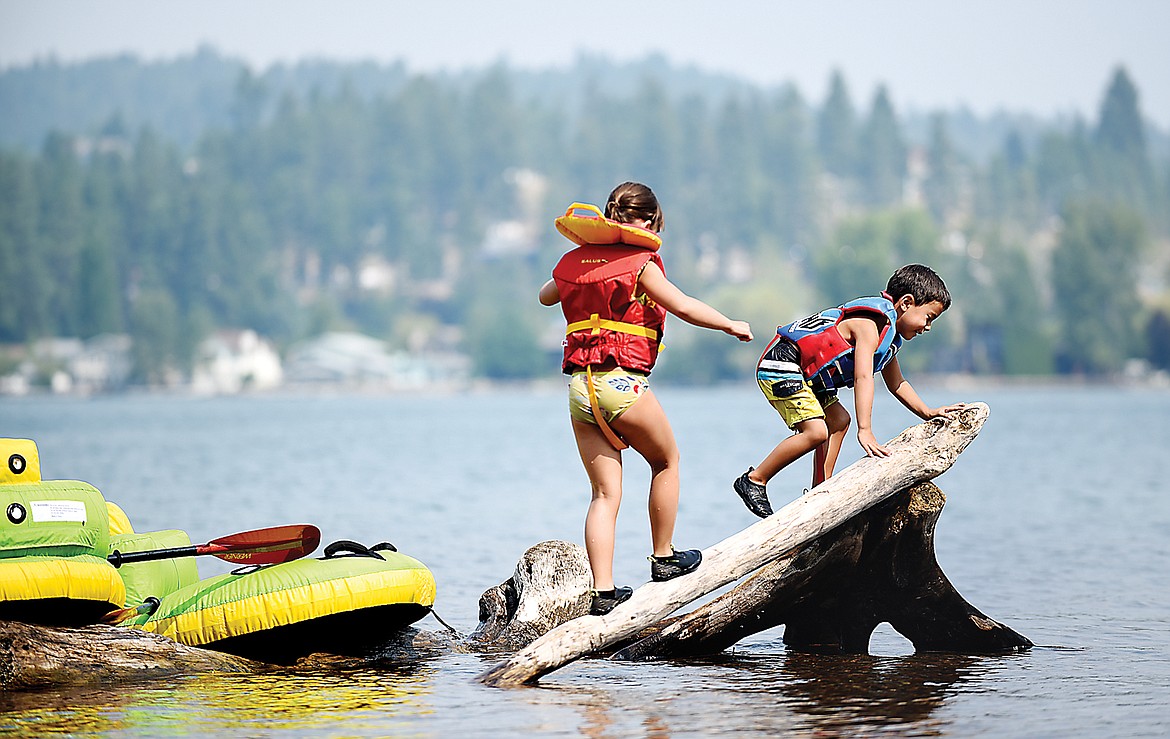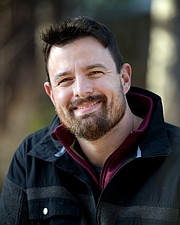Deep Dive into Flathead Lake Bio Station
Safety — that’s never really been a concept I’ve ever had to consider much. I come from a certain background, after all, the sort of socioeconomic make-up that’s afforded me an unquestionably privileged path through life.
That’s not to say I haven’t had my share of adversity, it’s just that most of it falls somewhere between my overactive sweat glands and the fact that I have to hold my breath whenever I put on socks. I also grew up watching movies in which the heroes always looked like me, and as a result I spent much of my life believing that I was also a hero, fully formed and ready for adventure. It seemed perfectly logical to me that, as a hero of my own story, I would be afforded the same nick-of-time protections and fatefully beneficial plot turns provided therein.
Safety? I didn’t need to worry about safety.
Did Indiana Jones ever worry about safety?
I think not.
A little over a month ago, everything changed. Standing in the delivery room, immersed with the rest of you in the disquieting uncertainty of a global pandemic, I looked into my newborn daughter’s eyes for the first time and was suddenly overwhelmed by the concept of safety.
How could I offer my child all the wonderful experiences in life without sacrificing her safety?
For the past two years, safety has been the primary focus of the Swim Guide Citizen Science Project, a community-organized water quality monitoring program that keeps tabs on the health of public swimming areas in Flathead Lake. The project was originally created by the Flathead Lake Open Water Swimmers Club and has evolved to include a Swim Guide app and website, www.theswimguide.org. The public can use these resources to easily find which beaches are open for public swimming and learn whether or not those beaches meet water quality standards.
The Swim Guide Project boasted 12 monitoring sites around Flathead Lake by the end of 2019, including City Dock and Wayfarers State Park in Bigfork. Over 110 samples were analyzed in the summer of 2019 from the various locations, and by the end of the summer, 100% of the public swim areas sampled proved to be safe. These were notable results to say the least, and served as yet another reminder of how fortunate we are to coexist with such an incredible lake.
In previous years, the Swim Guide Project relied on the support of small businesses and nonprofit organizations. But considering the economic challenges brought on by COVID-19, project organizers didn’t feel comfortable making another call for support and the likelihood of a 2020 Swim Guide Project was in doubt.
Believing it too important to suspend, however, the Bio Station put forth the funds to cover the project’s sample analysis costs. This means the project will run throughout the summer, once again ensuring that folks can safely dive into a dozen public swim areas around Flathead Lake.
How fortunate we are to be able to reside by one of the cleanest and most beautiful lakes on the planet? How inspiring that that same lake is so carefully monitored and cherished by community members and world-renowned scientists alike?
Jumping into the crisp freshwater of Flathead Lake beneath the warm Montana sun is one of the purest forms of living, an exhilaration that everyone should get to experience without having to wonder whether or not the water is safe.
Thanks to the Swim Guide Project, and so many other monitoring programs like it, Flathead Lake will continue to be universally enjoyed by all without a thought or question about its safety. As a new father who will soon be taking his daughter to its shores for the very first time, that’s a privilege I will never take for granted.



